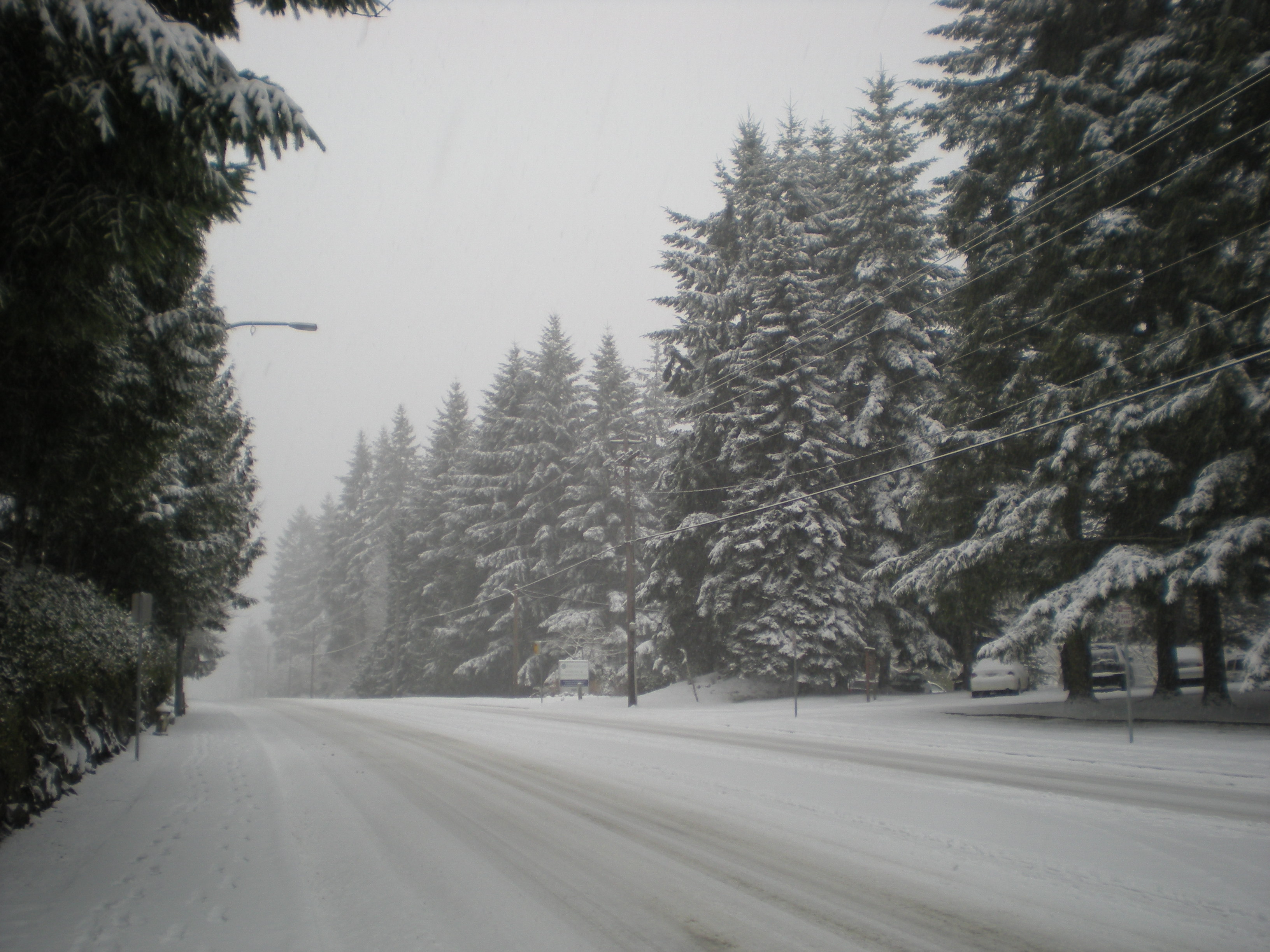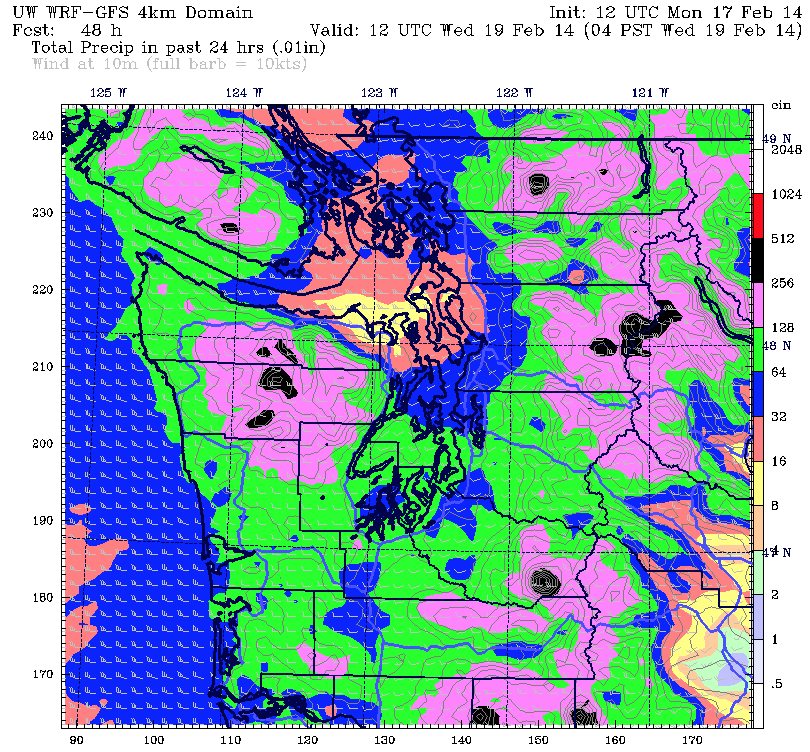Rain, rain, go away, come again another … year?
It’s been so wet in Seattle since last fall that, even if a single raindrop didn’t tumble to the ground for the next five months, we’d still wind up with 8 inches more rain than normal in what’s known as the “water year.”
Simply put, the water year is the one-year period from Oct. 1-Sept. 30 in which precipitation is measured (in other words, the weather version of the federal fiscal year). Since Seattle receives the bulk of its rainfall in the fall and winter months, it makes more sense to lump these seasons together to get a better perspective of how wet it’s been – rather than splitting them up by using the typical Dec. 31 cutoff.
During the course of an average water year, Seattle is treated to 37.49 inches of rain – with 31 inches falling between October and April. This time around? Try nearly 45 inches (with a few days still left in April)! Think about that for a sec: close to 4 FEET of rain has swamped our city since candy corn was last flying off the shelves. (Please tell me you weren’t madly purchasing that stuff in the previous water year, i.e., September.)
[pullquote align=”full” cite=”” link=”” color=”” class=”” size=””]Close to 4 feet of rain has swamped Seattle since candy corn was last flying off the shelves.[/pullquote]
Not surprisingly, the 44.74 inches of precipitation since Oct. 1 is a Seattle record – topping the previous October-through-April high-water mark (pun intended) of 44.52 inches, set just last year. To impress your friends, win at bar trivia night, or otherwise pass the time on another waterlogged evening, here are some other stats on just how soggy it’s been lately.
- Four of the past seven months have received well-above average rainfall.
- October 2016 was the wettest October on record, February 2017 was the second-wettest February, March 2017 was the fourth-wettest March and April 2017 is on pace to finish in the top ten.
- In the past three months, February has had the most number of completely dry days – with a whopping 5 total. March had only 3, and April (to date) has had just 4.
- The longest dry stretch since October has been 6 days—occurring on four separate occasions (once in December, and three times in January). That’s 24 days total. The high temperature rose above normal on just two of these days.
- It’s rained for 12 straight Tuesdays – on every single one since February began.








